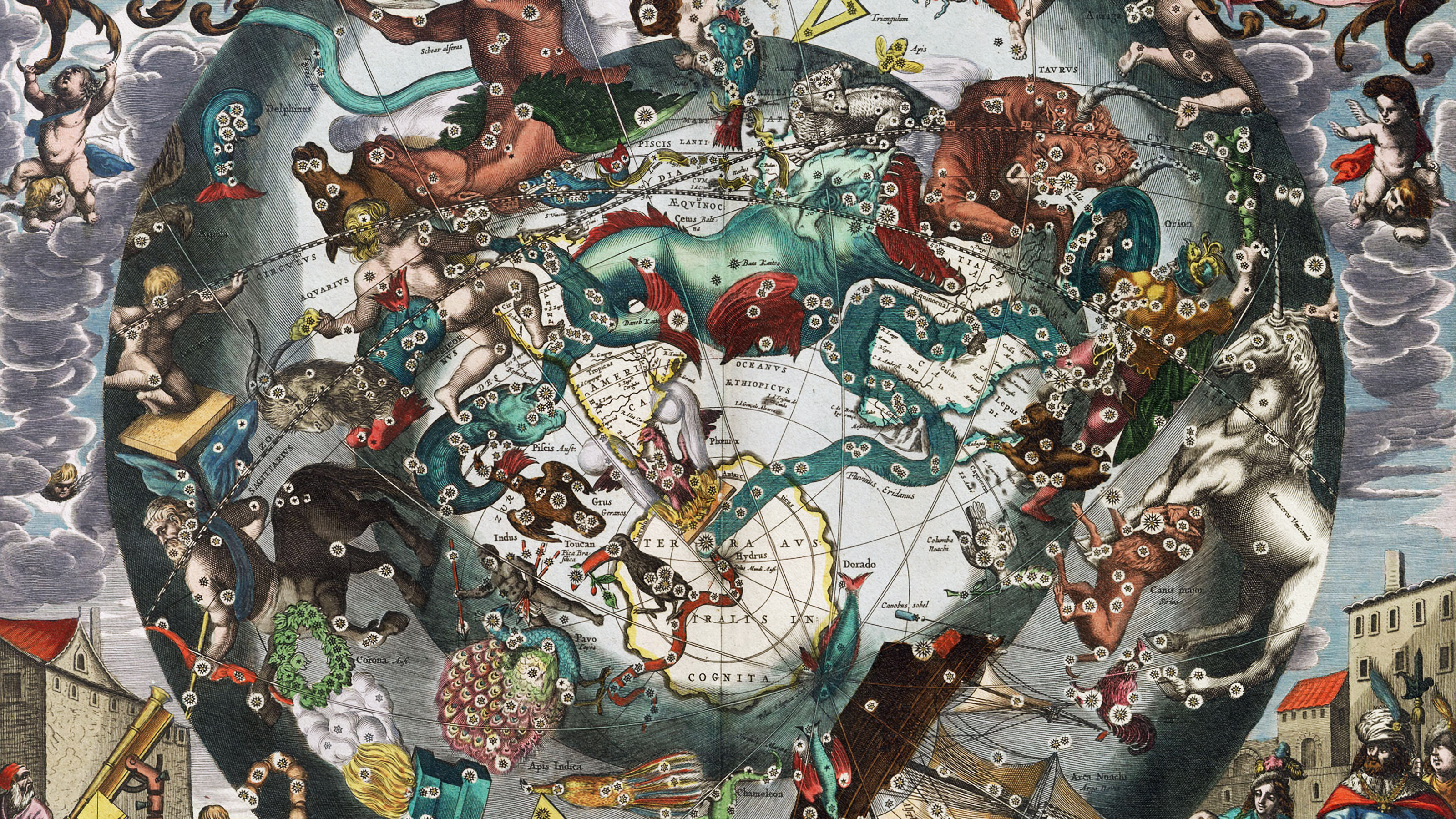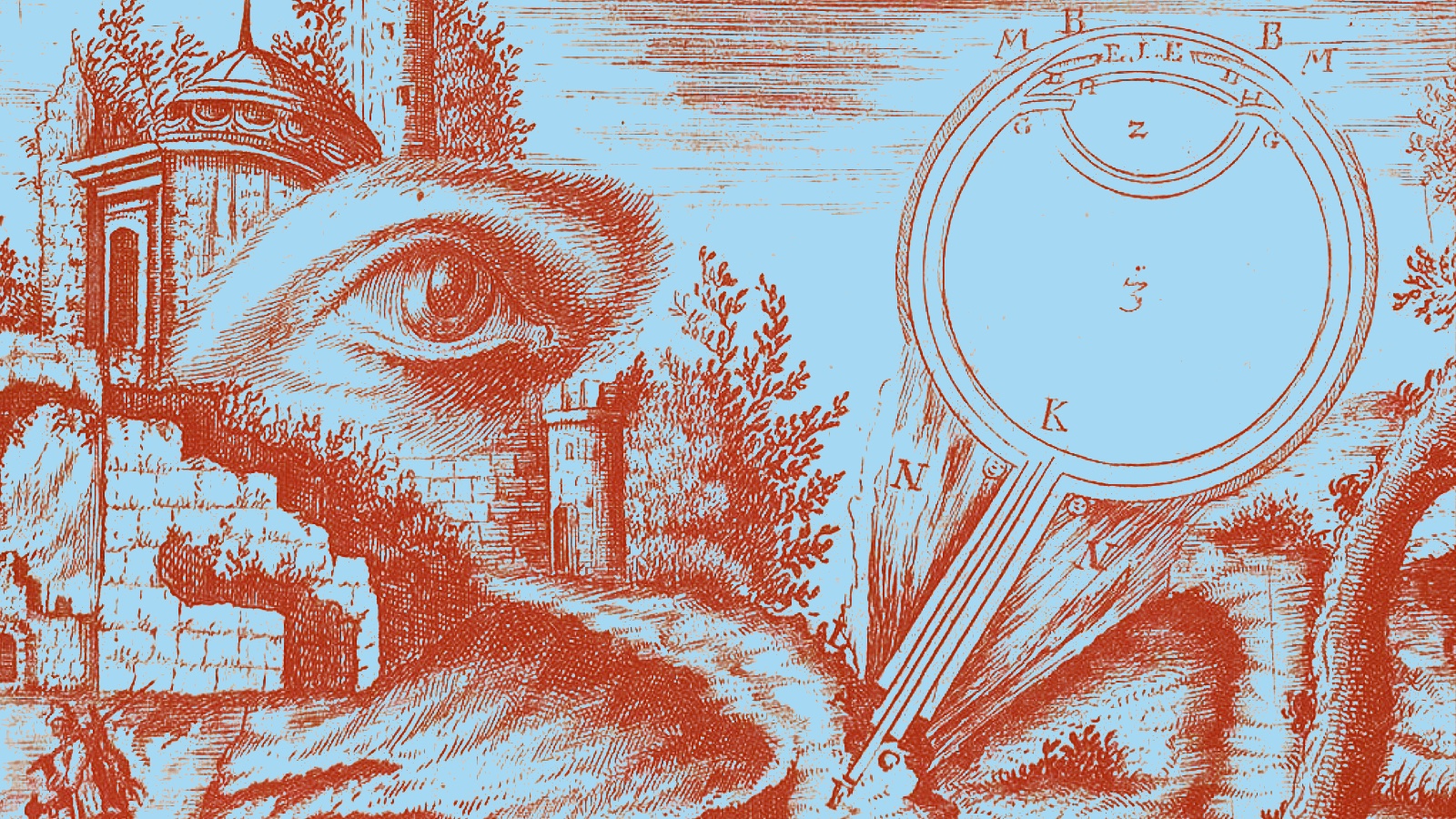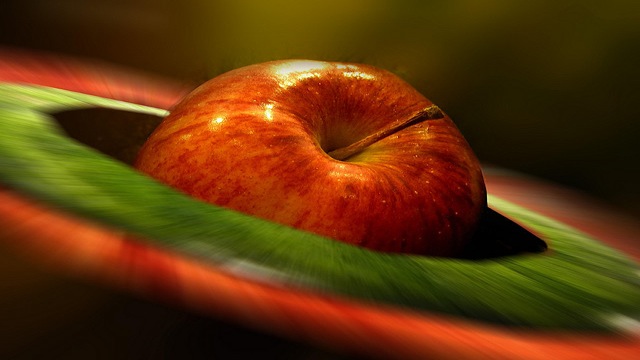Why Is It So Hard to Believe that Many Leading Scientists are Religious?

Big Think today features a new set of interviews with NIH director Francis Collins, perhaps best known as the former director of the Human Genome Project and for his books on science and faith.
President Obama’s choice in 2009 to name Collins, a born again Christian, as head of the NIH was derided by atheist bloggers. In a recent New Yorker feature, PZ Myers is quoted as calling Collins a “clown.” And Jerry Coyne tells staff writer Peter Boyer that he worries Collins’ faith might lead him to restrict stem cell research.
Yet Myers and Coyne appear blind to several realities. The first is that Collins is one of the best qualified scientists in the world for the position, with extraordinary talent and experience in public communication, government administration, and in working with a diversity of stakeholders.
On Collins’ ability to articulate the value of scientific research, consider in the New Yorker article how he responded to letters of inquiry from Congressional Republicans who challenged the legitimacy of NIH spending on several areas of basic research, in particular a study involving rat semen. From the New Yorker article:
“Now, why would anybody spend money on freezing rat semen?” Collins asks. “Well, I’ll tell you why. We have all these incredibly valuable rat strains that represent particular models of human disease, like hypertension or heart disease. But you don’t necessarily want to keep them running around in cages gobbling up rat food at extreme expense, year after year, if you’re not sure that strain is something you’re going to want to study five years from now. If you just freeze the sperm, you can re-create that rat when you’re ready, and it saves us a huge amount of money. Knowing how to do that effectively is a pretty good investment. But, of course, nobody bothered to find out the reason for this. They just thought it sounded weird and bizarre and like a waste of money.”
What Myers and Coyne also overlook is that Collins’ faith makes it easier for him to relate to the considerations that the wider public might face when thinking about controversial areas of science. This understanding enhances Collins ability to serve as a credible and engaging spokesperson, describing issues using language and a frame of reference that creates the opportunity for dialogue rather than polarization.
Perhaps the biggest blind spot for Myers and Coyne is their belief that the majority of scientists hold their hardline atheist outlook on religion and their suspicions of religious scientists such as Collins. Their expectations, unfortunately, don’t hold up to the available evidence and data.
A recent Pew survey of members of the American Association for the Advancement of Science finds that 51% of respondents either believe in God (33%) or a higher power (18%). Another recent study by Rice University sociologist Elaine Ecklund examined the beliefs of scientists at elite U.S. universities. More than half identify as religious and 1 out of 5 are actively involved with a house of worship. And while 30% consider themselves atheists, fewer than 6% view themselves as working against religion. Some of these atheists and agnostics, reports Ecklund, even attend houses of worship and are comfortable with religion as a foundation for raising children. As Ecklund concludes:
We need real, radical dialogue — not just friendly co-existence between religion and science, but the kind of discussion where each side genuinely tries to understand why the other thinks the way it does and where common ground is sought. This dialogue should reach the rank-and-file in religious communities with the message of how to maintain faith while fully pursuing science. And it needs to reach the rank-and-file in the scientific community as well, providing them with better ways to connect with religious people.
In the two videos below, you can watch how Collins discusses the current stem cell debate and then his outlook on the relationship between scientific inquiry and religious faith.





